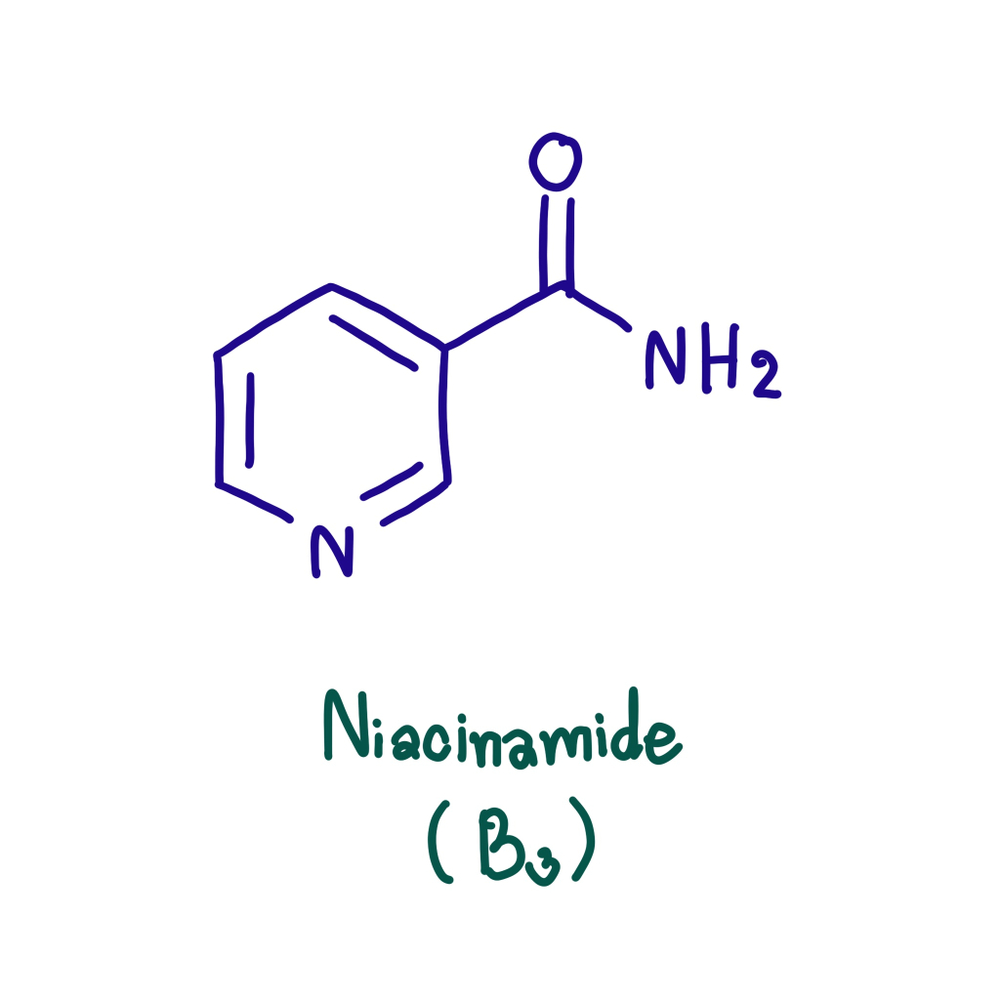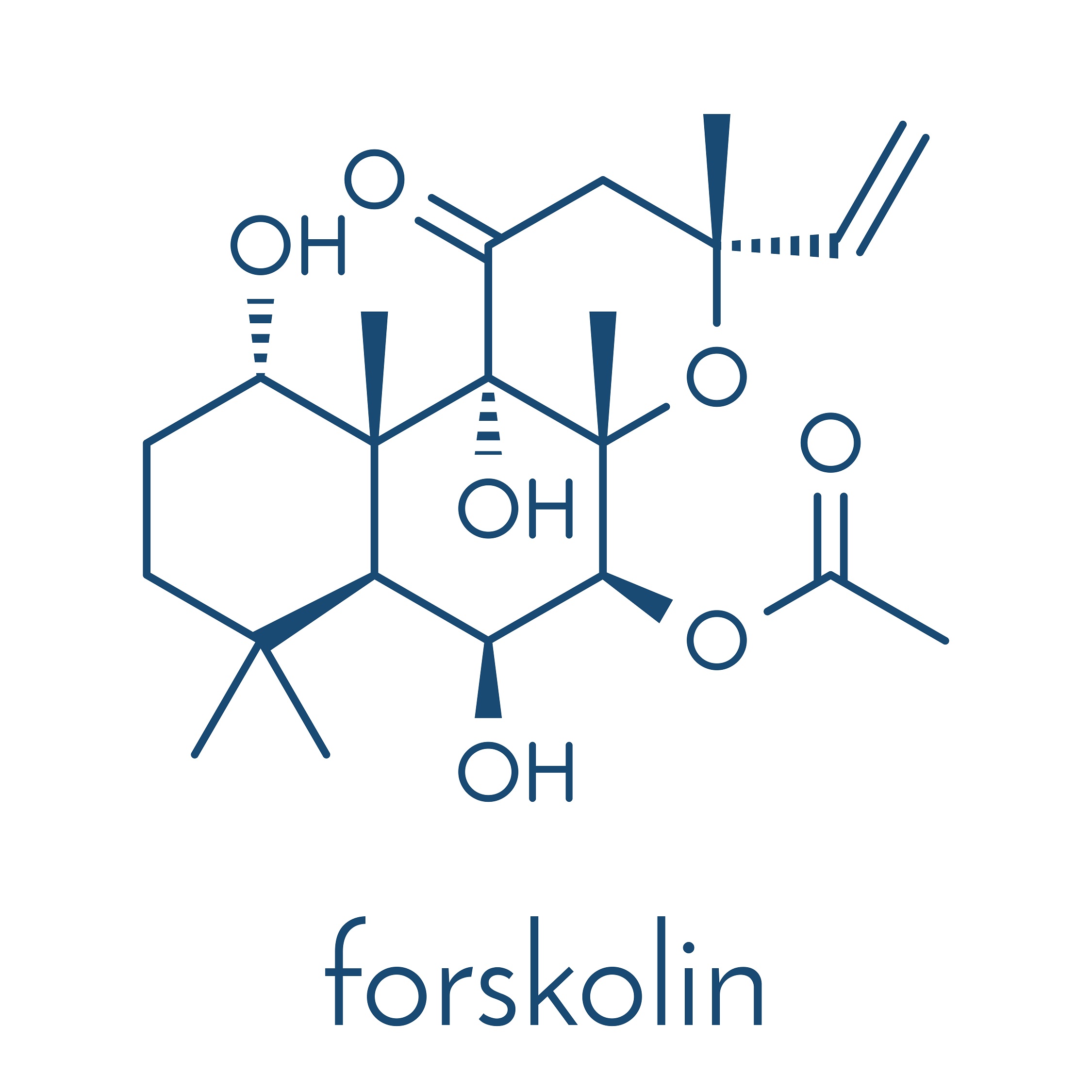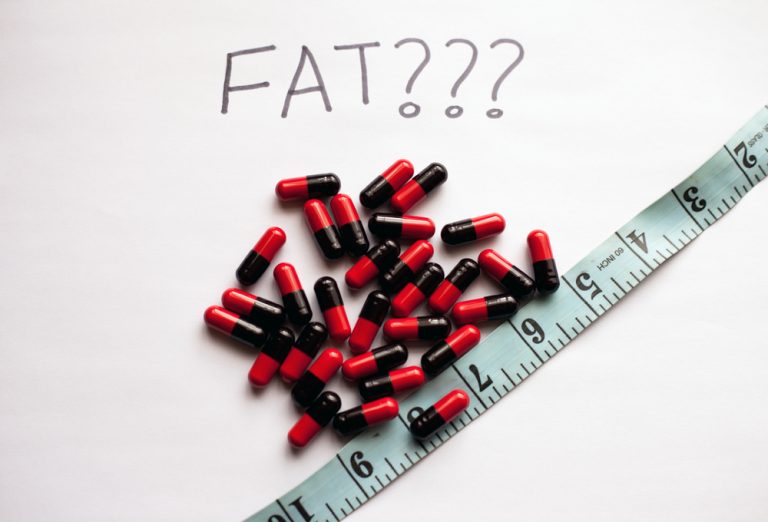One of the main goals of choosing supplementation is the desire to help reduce body fat. Every now and then new substances appear, or their combinations, that are revolutionizing the market. Once it was synephrine and extracts of citrus fruit, recently it’s been yohimbine. Can the combination of niacinamide and forskolin be the next milestone in supplementation?
But what are we even talking about
You should start with what these relationships are.
Niacinamide
Is a derivative of vitamin B3, which also shows its activity, as well as the possibility of converting it to the basic form with its deficiency. From the basic form (nicotinic acid - niacin), it’s distinguished by modification of the chemical structure (instead of the carboxylic group, there is an amide group in the molecule). Its basic task is to participate in many metabolic reactions, mainly related to energy metabolism. The practical difference is that niacinamide does not often cause the uncomfortable effect of "niacin flush”, which is redness of the body when taking a high dose of niacin at once.
Forskolin
Is a substance from the group of labdans, the main active ingredient of Indian nettle (Coleus forskohlii). It’s a relatively new substance on the market, but it’s already gaining a wide range of supporters. Its primary mechanism of action is to increase the level of signalling molecules (cAMP) involved in the body's energy processes.
Why niacinamide?

The action of niacinamide in supporting weight control is multidirectional.
The primary mechanism is the unique and prolonged increase in the secretion of adiponectin (this happens through the activation of the HM74A receptor).
Adiponectin is a unique compound. It’s a hormone secreted by adipose tissue cells, responsible for stimulating energy processes in the body. Its appropriate level is responsible for regulating insulin sensitivity and reducing body mass (by stimulating glucose absorption processes and increasing beta-oxidation). The low level of adiponectin is directly related to the risk of metabolic syndrome and to health-related fluctuations in blood sugar levels.
Another mechanism of action of niacinamide is to improve the metabolism of fatty acids after a meal and, as a result, increase the sensitivity to insulin. Under normal conditions, postprandial excess fatty acids increase the level of their non-esterified fractions in the blood circulation, and these adversely affect insulin sensitivity (they also increase VLDL levels, worsening the lipidogram, and in extreme conditions can lead to diseases associated with excessive fatty tissue). Administered postprandial, it can reduce the level of non-esterified fractions of fatty acids in the blood, eliminating the negative economy of excess amounts.
Another mechanism is associated with anaesthesia of niacin receptors located on fat cells (these receptors reduce the activation of adenine cyclase, resulting in decreased levels of cAMP, one of the basic signalling molecules in energy processes). Reducing their sensitivity allows a larger field of cAMP activity, because it’s slower degradation, thus maintaining a constantly increased rate of lipolysis.
Another mechanism, intensively studied, is to increase energy expenditure by intensifying respiratory processes and increasing the amount of mitochondria (based on the activation of the SIRT1 protein, by NAD + produced with the participation of niacinamide). Niacinamide increases the production of NAD +, which can activate proteins responsible for increasing the level of metabolic processes.
Why Forskolin?

Forskolin's action is based on increasing the level of cAMP in cells (by stimulating adenine cyclase). Additional mechanisms include increasing mitochondria density, and AMPK activation.
What is the conclusion? cAMP, as mentioned before, is one of the basic signalling molecules in processes related to energy production. A larger number of mitochondria allows for intensification of energy processes (because it’s in the mitochondria that the main part of breathing is carried out, generating energy in the form of ATP). AMPK is an enzyme that determines the optimal level of metabolic transformation; among other things, it’s the most important in the context of fat reduction lipolysis (it also increases ketogenesis, which will be significant for people focused on high-fat diets).
(NAMPT protein deficiency is a limiting factor for the conversion of nicotinamide to NAD +.) NAD + is needed to create the SIRT-1 protein that activates the PGC-1alpha receptor, which activates mitochondrial biogenesis. As you can see, forskolin raises NAMPT levels, thus contributing to the activation of mitochondrial formation).
How do these mechanisms translate into practice? Significantly.
The study of forskolin activity showed a decrease in weight for the experimental group, where the weight of the control group increased, while in the study of long-term use of forskolin (2 months), the decrease in BMI index was indicated by over 2%. Research also indicates that forskolin will be more effective in people who are overweight (then, there is less adenine cyclase activity, which is regulated by forskolin).
Why a combination of niacinamide and forskolin?
The question that follows is: what can we get from the combination of both substances?
The basic common point of both substances is modulation of cAMP levels in the body. Niacinamide slows down its degradation, and forskolin intensifies its production. This synergy causes, in the statement, these substances to have much better effectiveness in controlling weight reduction.
The second point of their joint action is the effect on the activity and number of mitochondria. Forskolin increases the amount of protein needed to convert niacinamide to NAD + (whose principle of affecting the activation of mitochondrial biogenesis has been explained earlier), but niacinamide is needed for the entire biochemical pathway to go down (and in accordance with biochemical principles, the more it’s, the more the conversion reaction of niacinamide to NAD + is more intensive).
The proposed combination of supplements:
COLEUS FORSKOHLII-95 + NICOTINAMIDE RIBOSIDE SUSTAIN
How to dose this stack?
Due to the observations of the body's reaction, we suggest starting with the dose below:
500 mg of niacinamide (in the case of niagen 100-150mg) + 25 mg of forskolin.
If the body will tolerate the funds in a negative way and there are no side effects, the dose may be doubled to 1000 mg and 50 mg.
Yohimbine and forskolin - summary
As you can see, both components have omni-directional effects on supporting fat burning. However, only their combination allows you to draw the maximum benefits from individual mechanisms.
This will be a particularly interesting option for people who cannot take supplements containing stimulants (especially people with hypertension). Another target group of this combination will be people who want to move away from conventional supplementation, for example to sensitize to the more common substances used.







2 Comments